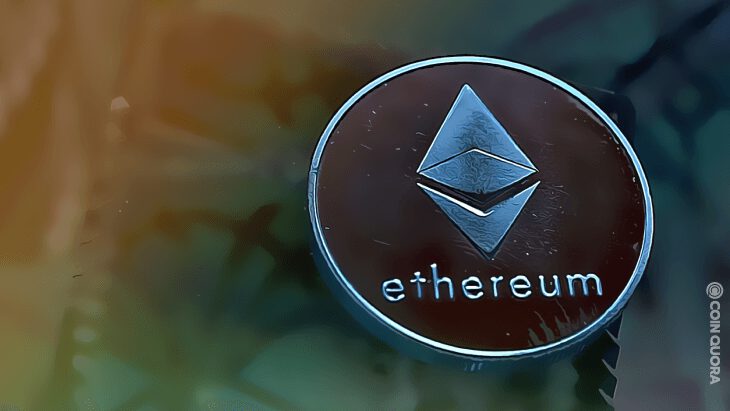- Ethereum’s “The Merge” has been delayed to a “few months after” June.
- Experts see ETH miners quitting, with some moving to mine Bitcoin.
- It is still uncertain if the ETH price will go up or down post-Merge, even if it seems easier to earn ETH through staking.
The community waits in bated breath for what’s to come once Ethereum’s “The Merge,” which will see the blockchain shift from proof-of-work (PoW) consensus mechanism to proof-of-stake (PoS), happens despite the transition being delayed, according to one of its developers.
Ethereum, the most-used blockchain, could send shockwaves to the entire digital asset ecosystem through the Merge. Currently, the Ethereum Mainnet is being secured by PoW. By “merging” the Mainnet to the Beacon Chain, the Ethereum Mainnet will become its own shard that uses PoS instead of PoW.
However, as positive as this PoW-to-PoS switch may seem, especially to the environment, this could mean the end of mining. After revealing the Merge will “likely [happen a] few months after” June, Ethereum developer Tim Beiko said Ethereum is “in the final chapter of PoW” and will no longer rely on miners to ensure the network’s safe operation.
Experts have said that many miners may quit Ethereum before the Merge. They even suggested that some might sell their computer hardware just so they could earn while waiting for the last batch of ETH rewards. Some also believe that these ETH miners might switch to mining Bitcoin instead.
An abrupt drop in the network’s mining power could also put a huge dent on the network’s security, which would not be ideal for ETH and some DApps within. But it is important to note that Ethereum has prepared for this scenario, according to Beiko.
“If we see the hash rate dropping, we could pull the Merge forward,” explained Beiko. “All the software is built with an emergency option.”
Earlier this week, Ethereum introduced its first mainnet shadow fork in preparation for the Merge. This will add merge-related fields to the configuration of existing testnets. Through inheriting the state of existing testnets, syncing and block construction time can be stress tested.
Meanwhile, risks could also present themselves to centralized cryptocurrency exchanges and DeFi applications. As a precaution, these platforms may halt withdrawals, deposits, and other transactions.
While Ethereum focuses on transitioning and minimizing “additional features that could delay [the Merge], the withdrawal of staked ETH and other new features “will have to wait” until the Merge is complete.
It is also important to note that the Merge could also affect ETH’s price in the market. Following earlier reports about further developments to realize the Merge in late March 2022, ETH’s price hit a two-and-a-half-month high at nearly $3,350.
However, it is still uncertain if ETH’s price will go up or down, given that the Merge will make mining obsolete and earning ETH through staking seems easier.
During Post-Merge, Ethereum plans to roll out the multi-phase upgrade shard chains to help improve the network’s scalability and capacity.
Disclaimer: The views and opinions expressed in this article are solely the author’s and do not necessarily reflect the views of CoinQuora. No information in this article should be interpreted as investment advice. CoinQuora encourages all users to do their own research before investing in cryptocurrencies.


